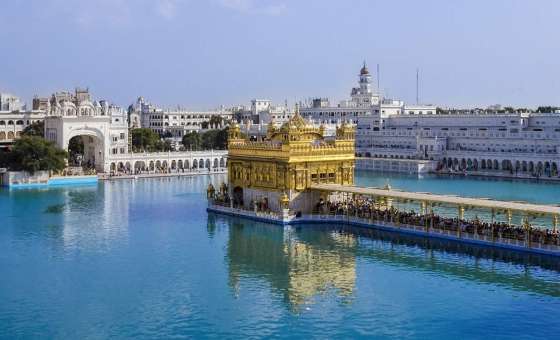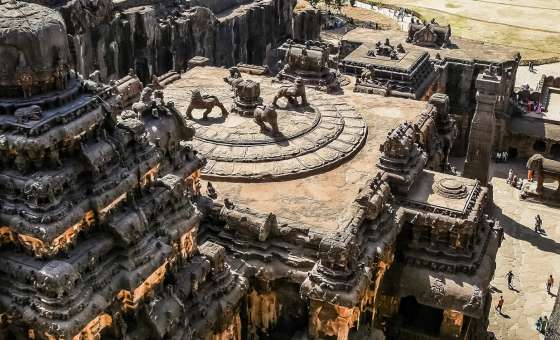City which is true to its name “A Pool of nectar”
The city of Amritsar is a glittering showcase of compound traditions and secular culture. A thriving city with important devout centers and historical sites Amritsar exhibits a glorious past, magnificent present and a hopeful future. It is still deeply rooted in its rich history and culture, represented by its holy shrines and rich cuisine. A synonym of Sikh religion, every pious Sikh desires to be hallowed with a pilgrimage to Amritsar and to have a divine bath at the Golden Temple. A visit to Amritsar is supposed to cleanse the soul of the pilgrim.
History and Culture
Amritsar derives its name from Amrit Sarovar which was built by Guru Ram Das in the village of Tung. Guru Ram Das believed that the waters of the lake had healing powers.
The hyperactive streets surrounding the temple have been calmed to some extent by recent urban landscaping, including graceful walkways, but duck into any side alley and you’ll soon discover Amritsar’s fantastically frenetic old-city bazaars, sheltering a sensory overload of sights, sounds and smells.
Climate
September to December and February to March is the best time to visit Amritsar as the weather remains pleasant and suitable for sightseeing.
- February - March
- September - December









